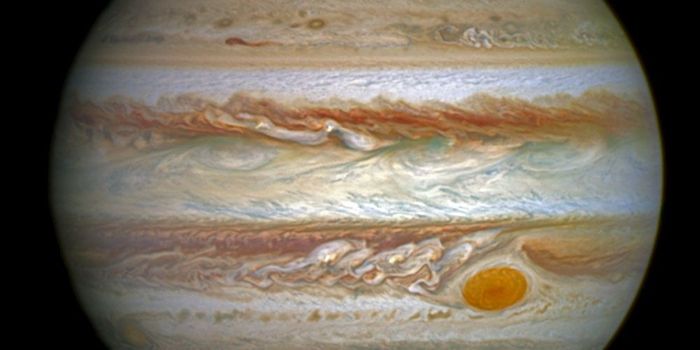Concerns Over Satellite Constellations and Astronomical Observations
A recent study published in Nature examines how a prototype constellation satellite can help astronomers evaluate how satellite constellations in low-Earth orbit (LEO) consisting of thousands of satellites can affect ground-based astronomical observations. This study was conducted by an international team of researchers and comes at a time when private space companies are launching massive satellite constellations consisting of thousands of satellites into LEO, and this study hopes to develop appropriate steps to mitigate the potential disruption of ground-based astronomical observations in the coming years.
The reason why so many satellites can disrupt astronomical observations is from their intense brightness and radio interference with ground-based observations. The streaks of light from the satellite traveling across the sky can interfere with deep-sky observations and the satellite radio transmissions could disrupt radio astronomy, as well. Radio astronomy is used for identifying radio signals from extraterrestrial intelligence but also used for studying a myriad of celestial objects, such as pulsars and quasars.
“The night sky is a unique laboratory that allows scientists to conduct experiments that cannot be done in terrestrial laboratories,” said Dr. Dave Clements, who is a Faculty of Natural Sciences in the Department of Physics at Imperial College London. “Astronomical observations have provided insights into fundamental physics and other research at the boundaries of our knowledge and changed humanity’s view of our place in the cosmos. The pristine night sky is also an important part of humanity’s shared cultural heritage and should be protected for society at large and for future generations.”
For the study, the researchers used the prototype constellation satellite, AST Space Mobile’s “BlueWalker 3”, to ascertain how it could impede astronomical observations. BlueWalker 3 is a prototype for a future satellite constellation that AST Space Mobile is currently planning for mobile communications. The satellite’s brightness was observed over a 130-day period, but astronomers quickly realized within weeks after launch that BlueWalker 3 was one of the brightest objects in the night sky, which only increased after its antenna array was unfolded. The team also identified how BlueWalker 3 could interfere with radio astronomy since the satellite transmits on wavelengths used for radio astronomy. Despite certain radio telescopes currently operating within specific radio quiet zones, the protective measures designed to maintain these zones are currently limited to ground-based transmitters, not satellites.
Exposure of a satellite trail by AST Space Mobile’s BlueWalker 3 satellite traveling over Observatorio Astronomico Nacional, San Pedro Martir, Mexico (Credit: I. Plauchu-Frayn)
Dr. Mike Peel, who is a researcher in the Department of Physics at Imperial, and a co-author on the study, said: "BlueWalker 3 actively transmits at radio frequencies that are close to bands reserved for radio astronomy, and existing observatory protections from radio interference may not be sufficient. Further research is therefore required to develop strategies for protecting existing and upcoming telescopes from the numerous satellites planned for launch over the next decade.”
How will BlueWalker 3 continue to help researchers determine the impact of satellite constellations on astronomical observations and how will such constellations impede those same observations in the coming years and decades? Only time will tell, and this is why we science!
As always, keep doing science & keep looking up!
Sources: Nature, EurekAlert!, Scientific American, CSIRO, Imperial College London, AST Space Mobile









